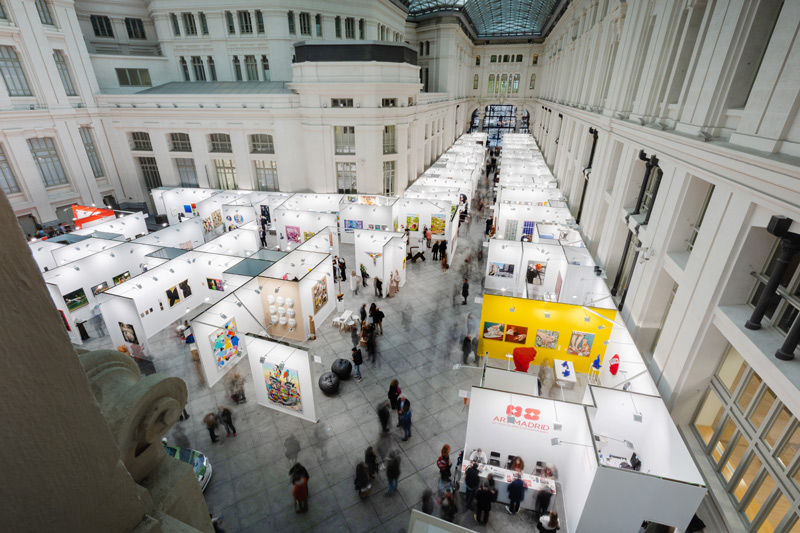Pink Phink: Fight of Giants
May 15, 2023
Breaking News
Fight of Giants relies on figurative art and the character of the Pink Panther to reclaim the democratic genetics of Pop Art and its proximity to the audience, characteristics of an artistic movement inspired by the aesthetics of everyday life and consumer goods of the time. As a "happening" in the heart of the city of Madrid, Fight of Giants advocates for artistic creation in a context where the aesthetic experience is more exciting and better understood by all audiences.
Sixty years ago, Blake Edwards released in Technicolor one of the most unique feature films of the time, which would not only become part of American culture but also the international comedy universe: "The Pink Panther", whose original title was translated into Spanish as "La Pantera Rosa."
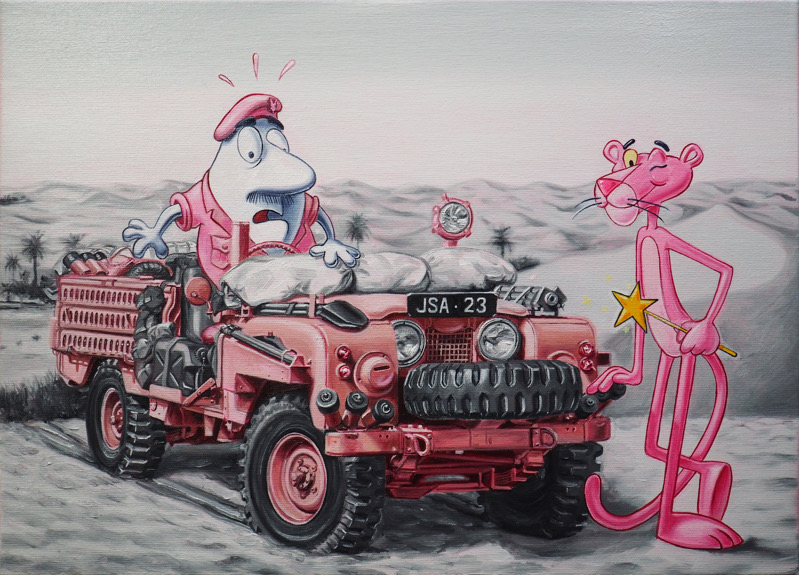
In 1963, this comedy-thriller entered the bloodstream of the emerging Pop movement in a New York City experiencing the birth of the "Factory" and the rise of Truman Capote. Just like previous editions of this informal field called Battle of Giants (a "non-gallery," a "non-museum," something more than an exhibition, as defined by its creators Gabriel Suarez and Aleix Gordo), The Pink Panther reappears this time as a timeless character capable of questioning and reclaiming the present through its staging.

After obtaining the copyright for its reproduction directly from MGM, the commemoration of the character's sixtieth anniversary brings together thirty giant artists who, struggling together, will visually reflect on their socio-cultural present, their artistic and visual context, and their work, around the figure of the iconic pink character. At the same time, the proposal promotes the revision of the context of art itself, wanting to establish new places for the shared experience between the work of art and the observer, going beyond the apathy of the white cubes or those artistic spaces of restricted access belonging to the past.
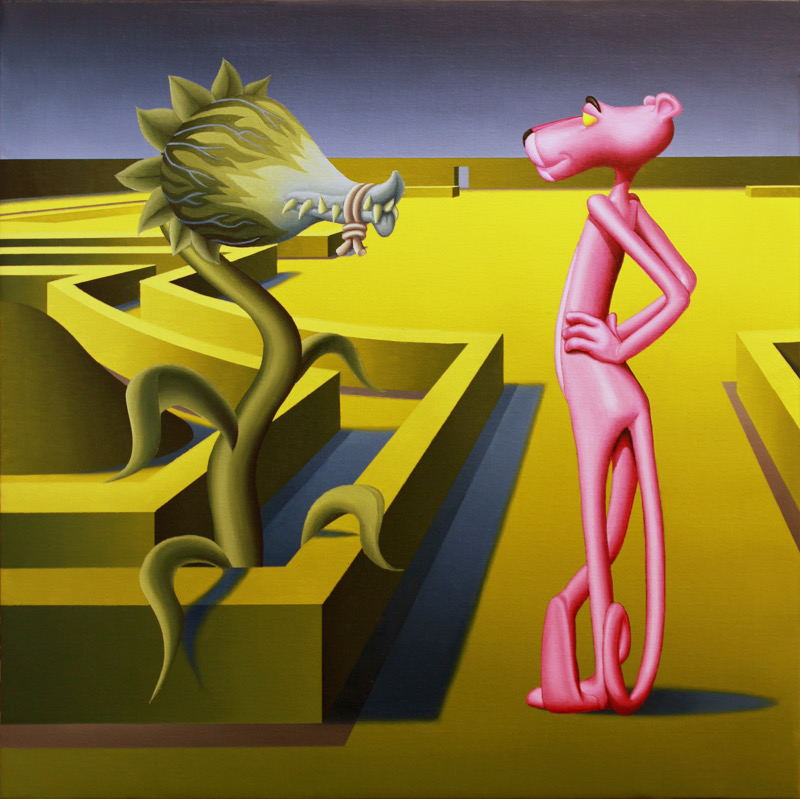
In this way and demonstrating the bitter heritage typical of British comedy or "pop art", the film was connected to the impulses of the new artistic exploration that was emerging in the streets of the Big Apple, far from the chromatic and gestural abstraction that had occupied the art scene during the previous decade, with figures such as Mark Rothko, Barnet Newman, Willem de Kooning or Jackson Pollock, and which had also moved away from the gaze of the general public. The New York cultural scene was now moving forward in the hands of the film director towards other paths closer to mass culture and its daily life through humor. In his first solo appearance in the Pink Phink chapter, the Pink Panther establishes a colorful battle against the traditional hegemony of the color blue, using all kinds of tricks and strategies to dye the world with his favorite color. In only six minutes in which we could see pictorial inheritances coming from the chromatic universe of Rothko and other abstract creators, the character is introduced in the culture of the politically incorrect.
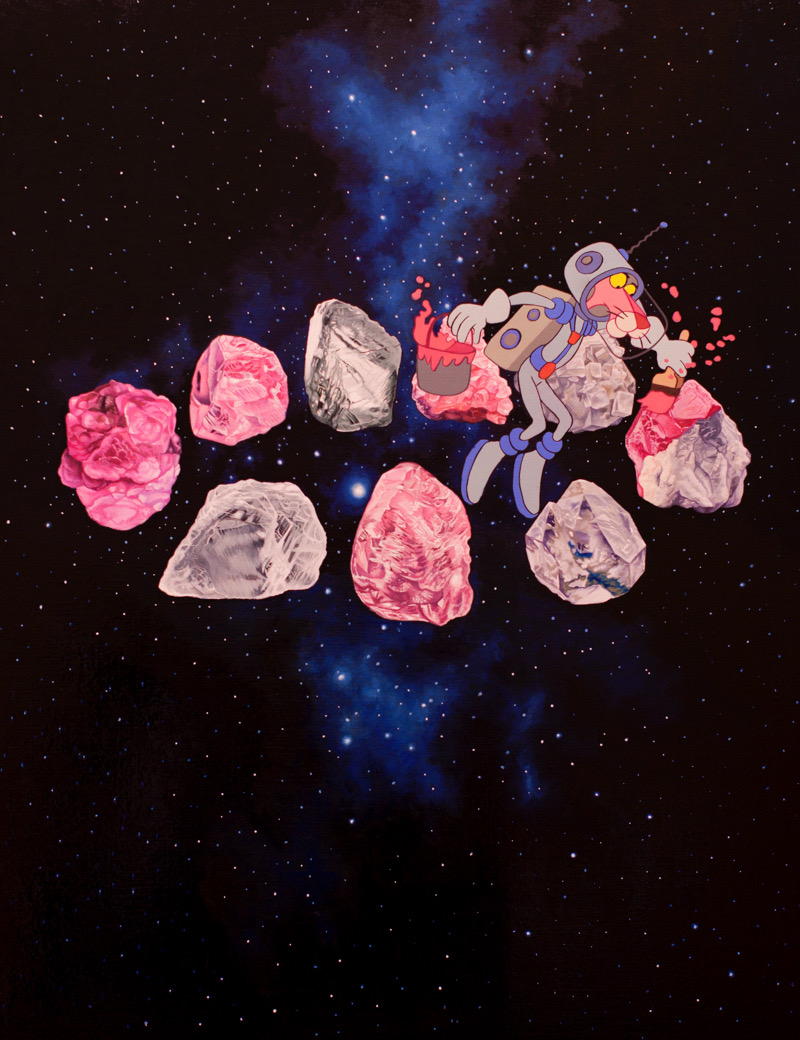
The Pink Panther represents irony, discontent or cynicism, clichés of what we know as "British sense of humor" and will always act, throughout all the short films, as a timeless critic, as an inter-generational and individual being capable of conversing with the general public, regardless of their origin, culture or age.
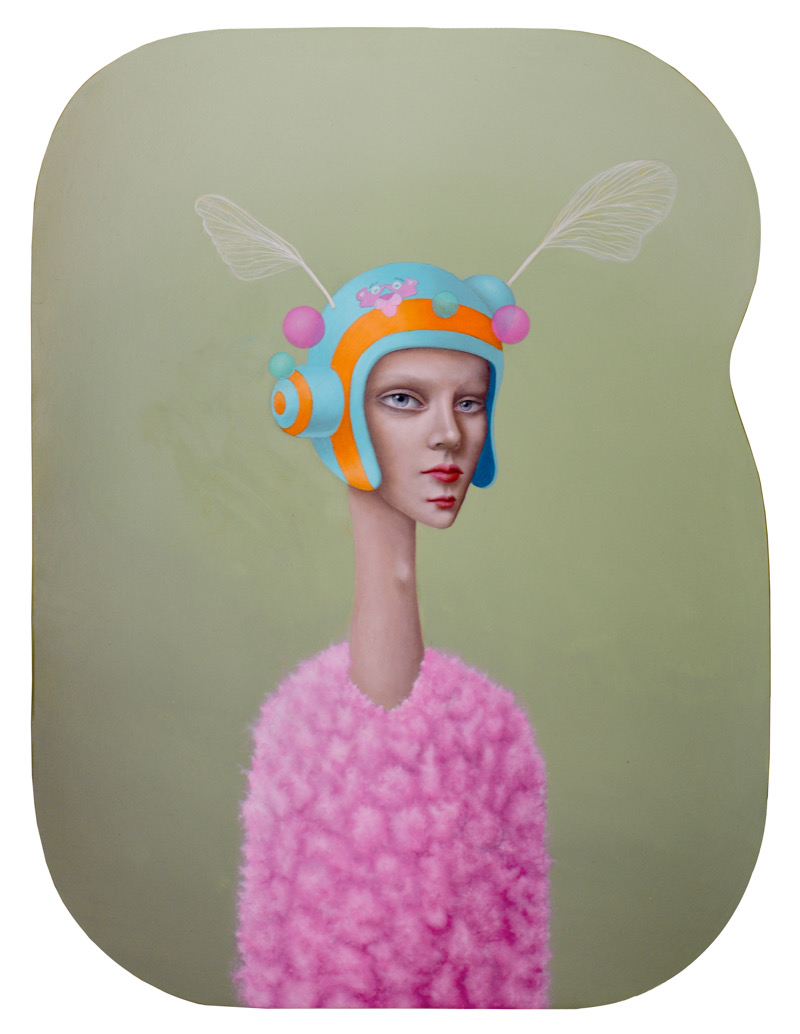
Under the apparent atmosphere of humor and comedy of the new interpretations made by the thirty selected giants, there is a world of diverse readings and messages to be discovered, which will be unveiled by the other fundamental agent of any artistic process: the audience.
Fight of Giants gathers this time thirty individual visions for a collective and close reconstruction of its present, where the general public has been invited to participate with total freedom in this exciting process.
From May 25th to 28th. From 11h to 20h.
📍Hotel ONLY You Barquillo.
C/ del Barquillo, 21. Madrid.











